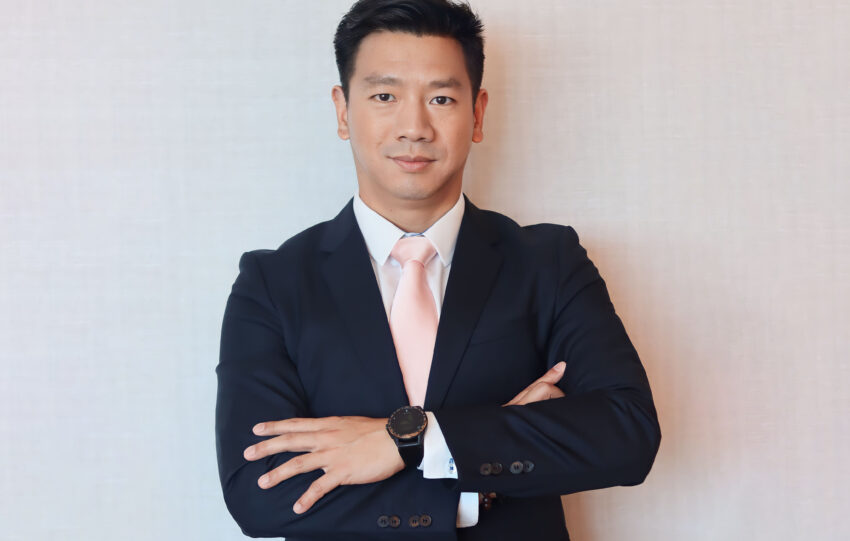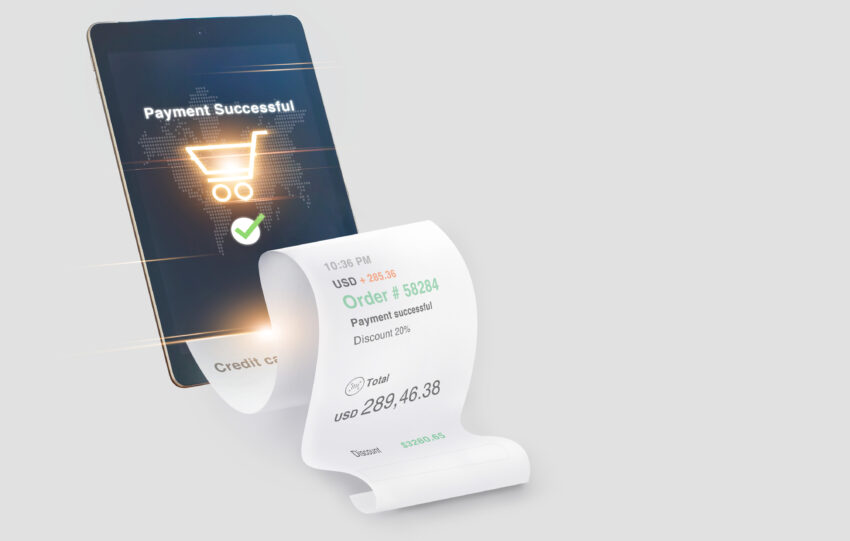Gone are the days when television was a luxurious centerpiece, a bulky (no, we are not talking about your ‘everyday’ 56” when we say bulky) attraction with fuzzy black-and-white images and temperamental antennas. Fast forward a few decades, and our homes are now decorated with razor-thin screens hung on walls, showcasing ultra-vivid colours, crispest of definitions, and immersive 3D experiences (and, this, it is said is just the beginning).
Television screens have come a long way since the three-inch screens of the early 20th century, and have, in a way, added a touch of colour and variety to our lives. The television is no longer an accessory of the elite, but one of the essentials of our homes. Their influence is so vast that it is reshaping our lives and even the design of our homes.
What caused this extraordinary leap in screen technology? It is not a ‘Rome built-in-a-day’ story, but rather a culmination of technological evolution and innovation that began quite excitingly, way back in that time of incredible change… in the early 1980s. Most who were driving this marvellous innovation saw how tantalizing this technology could be in the world of today. Think of the ‘padds’ of Star Trek Next gen that Jobs got his inspiration from.
So, let us now journey through time, where screens shrink, clarity skyrockets, and pixels multiply…
The Early Days
Modern television shares its ancestry with one of the earliest creations in the world of television: The Octagon, made by General Electric in 1928. It was a three-inch screen display, that was aided by a mechanical, rotating disk technology, famed for playing one of the world’s first television dramas: “The Queen’s Messenger”. Viewers could enjoy the show by sitting about three inches from the screen.
We then saw the onset of home television, which initially were hefty, boxy contraptions that only the elite could afford. These televisions functioned with cathode-ray tubes (CRTs), a technology that worked by firing electrons at phosphor dots on the inside of the glass screen, thus creating an image. The resolution was low, and the images were often fuzzy, but these televisions marked the beginning of a new era in entertainment and a new forefront in the distribution of information. The technology may seem primitive by today’s standards but in those days, it created a revolution, becoming the most preferred mode of entertainment that kept families huddled together in a living room. But this cannot undermine the fact that they were also notoriously temperamental, often requiring a strong signal to function and frequent fine-tuning.
This era was not without its charm, though. It was a time when television was a novelty and not a given, and the magic of the technology was still fresh and awe-inspiring.
As time went on, the CRT technology improved, with manufacturers finding ways to increase the resolution and reduce the size of the sets. But these improvements were incremental, and it was clear that a more dramatic change was on the horizon. The arrival of colour television marked the next big step in this evolution.
A colourful start
The advent of colour television screens in the mid-20th century forever changed television technology. These early colour TVs were initially produced using the same CRT technology as their black-and-white counterparts, but with additional hardware to produce colour images. The three primary colors – red, green and blue – were combined in varying intensities to create a full spectrum of shades.
The CRT lasted only until 2005, and with it came the end of rear projection. Flat-panel LCD and plasma screens became the norm. These televisions were only a few inches thick and, according to the standards of those days, came with picture quality and resolutions never seen before. The Panasonic Viera was among the most popular purchases seen. Apart from providing viewers with a higher definition of experience, colour television provided more creative opportunities to content creators, enabling them to use colour as a narrative tool, adding a new dimension to storytelling. The advent of colour television paved the way for the next radical shift in screen technology: the transition to flat screens.
The LCD screen was first discovered in 1888 when Austrian botanist Friedrich Reinitzer accidentally discovered Liquid Crystals while studying cholesteryl benzoate in carrots. It took another 74 years for it to emerge as a discovery that was beginning to be impactful, when Richard Williams, a physical chemist at the RCA (Radio Corporation of America) laboratory, was attempting to find a replacement for the CRT.
The technology was first introduced to the world in 1968 and has found its place in minor consumer electronic goods, such as calculators, clocks, watches, and other household appliances. It was only in the 1990s that it gained widespread adoption across notebook computers and TVs. It was also around this time that High Definition (HD) became the new standard.
4K and Ultra HD era
The leap from HD to 4K and Ultra HD was possibly one of the most significant milestones in screen technology evolution. 4K screens offer four times the number of pixels as an HD screen, delivering a more detailed, immersive, lifelike viewing experience. The increased pixel count allows for sharper images, more accurate colours, and a more lifelike viewing experience.
The term 4K refers to the horizontal resolution, which is approximately 4,000 pixels. Ultra HD, on the other hand, refers to the vertical resolution, which is 2160 pixels. Both these technologies provide a significantly more detailed image than their HD counterparts, bringing us closer to the reality of what our eyes perceive in the natural world.
The transition to 4K and Ultra HD has been relatively quick, with manufacturers and content creators embracing the technology at a rapid pace. However, this is not the end of the evolution… The developments of OLED and QLED have ushered in a new movement in screen technology.
The rise of OLED and QLED
OLED (Organic Light Emitting Diodes) and QLED (Quantum Dot LED) are two of the most recent advancements in screen technology. Both these technologies offer significant improvements over traditional LED screens. This includes better colour accuracy, deeper blacks, and improved viewing angles.
OLED screens function by using organic compounds that emit light when electricity is applied. This allows each pixel to be individually lit, producing deeper blacks and a higher contrast ratio. QLED technology, on the other hand, uses quantum dots to enhance the colour and brightness of LED screens.
Despite their differences, both OLED and QLED represent the cutting edge of screen technology, offering the highest quality viewing experience currently available. However, the journey of screen technology doesn’t stop here. The future holds even more exciting possibilities, with the imminent development of 8K HD and beyond.
We might just be talking about subtle improvisations in the viewing experience, but it makes us wonder where screen technology will go from here. As innovation reaches new heights, the bridge between the virtual and the real.


Loewe – have we finally reached the golden standard?
Loewe is a 100-year-old Berlin-based company that has further gone to establish a new standard of television, a standard even higher than the OLED. It is, as their website claims, ‘much more than an ordinary television, anything but standard’. Manufactured according to traditional German engineering standards, the TV introduces an elegant, sculptural, 360-degree design that not only enhances the vision but offers an artistic touch to the living room.
What makes this TV unique is its very conception. It is built from Syno-Stone, a stone-like, durable material that gives the TV its sculptural depth. In the end, we have a technology that is not only elegantly designed but is built to last.
Isn’t this technology at its finest? Perhaps, until the next avatar. But it goes uncontested that, for the moment, this is a technology that can be so wonderful to live with.

Loewe is a 100-year-old Berlin-based company that has further gone to establish a new standard of television, a standard even higher than the OLED. It is, as their website claims, ‘much more than an ordinary television, anything but standard
Early beginnings, again
The seeds of touchscreen technology were sowed way back in 1965 when a Malvern-based engineer named Eric Arthur Johnson developed a touchscreen to aid traffic control. However, it took Apple’s expertise for the technology to get its real breath of life. Touchscreen technology took flight with the launch of the very first iPhone. Yes, it was not the perfect touch-screen interface yet, but it has certainly paved the way for what was to come. The use of touchscreens has now reached manifold proportions. One of the cases that deserves a special mention is the way McDonald’s used this technology to make its order systems more seamless. This model of self-service kiosk proved a big success, as the restaurant chain reported a 30% increase in revenue across Ireland and the UK.
Almost all touchscreen interfaces of today are multi-touch screens, which enable multiple gestures like tap, slide, and drag with one finger, pinch and rotate with two fingers, and more than two fingers for other gestures.
The technology became increasingly seamless over time, with more restaurants looking likely to pivot the McDonald’s way while other businesses started to adopt the kiosk model as a part of their omnichannel strategy. Augmented and Virtual Realities could also unleash a new era of possibility in not only the touchscreen models, but across the entire spectrum of screen technology.

One of the cases that deserves a special mention is the way McDonald’s used this technology to make its order systems more seamless. This model of self-service kiosk proved a big success, as the restaurant chain reported a 30% increase in revenue across Ireland and the UK
Look forward
The evolution of screen technology is a fascinating journey, marked by constant innovation and progress. From the bulky CRTs of the early days to the sleek OLED and QLED screens of today, the transformation has been nothing short of extraordinary. It speaks of the wonders that only innovation could unlock, and of the power that technology has to bring the impossible to life.
As we look to the future, several exciting trends are worth keeping an eye on. One such trend is the rise of flexible screens. Companies like Samsung and LG have already showcased prototypes of flexible screens, which could potentially revolutionize the form factor of TVs and other devices. Brands like LG and Sony are not too far away with their own significant contributions to the journey thus far. And who knows? We may have more players to make the competition even more edgy.



